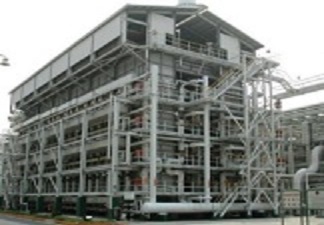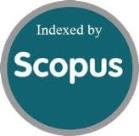Numerical Analysis of an Industrial-Scale Steam Methane Reformer
Keywords:
hydrogen, steam methane reformer, catalyst tube, burner operationAbstract
A steam reformer of a hydrogen plant is a device that supplies heat to convert the natural gas or liquid petroleum gas into hydrogen via catalysis. It has been often used in the petrochemical industry to produce hydrogen. Control of the catalyst tube temperature is a fundamental demand of the reformer design because the tube temperature must be maintained within a range that the tube has minor damage and the catalysts have a high activity to convert the natural gas or liquid petroleum gas into hydrogen. In this research, the effect of the burner on/off manners on the catalyst tube temperature and the hydrogen yield of an industrial-scale side-fired steam methane reformer is investigated. The aim is to seek a feasible burner on/off manner that has acceptable catalyst tube temperature and hydrogen yield, so as to improve the performance and service life of a steam methane reformer. It is found that when one group of burners is turned off, the outer surface temperatures of the tubes are decreased by about 94°C in average, the inner surface temperatures are decreased by about 54°C in average, and the hydrogen yields are decreased by about 4%. When two groups of burners are turned off, the outer surface temperatures of the tubes are decreased by about 175°C in average, the inner surface temperatures are decreased by about 106°C in average, and the hydrogen yields are decreased by about 7.9%. When three groups of burners are turned off, the outer surface temperatures of the tubes are decreased by about 251°C in average, the inner surface temperatures are decreased by about 151°C in average, and the hydrogen yields are decreased by about 11.4%. The catalyst tube temperatures and the hydrogen yields reduce to a greater extent in regions where burners are turned off. When the central groups of burners are turned off, the tube temperatures and the hydrogen yields have greater reductions. On the other hand, when the rear groups of burners are turned off, the tube temperatures and the hydrogen yields have lower reductions.

Published
How to Cite
Issue
Section
License
Submission of a manuscript implies: that the work described has not been published before that it is not under consideration for publication elsewhere; that if and when the manuscript is accepted for publication. Authors can retain copyright in their articles with no restrictions. is accepted for publication. Authors can retain copyright of their article with no restrictions.
Since Jan. 01, 2019, AITI will publish new articles with Creative Commons Attribution Non-Commercial License, under The Creative Commons Attribution Non-Commercial 4.0 International (CC BY-NC 4.0) License.
The Creative Commons Attribution Non-Commercial (CC-BY-NC) License permits use, distribution and reproduction in any medium, provided the original work is properly cited and is not used for commercial purposes.



